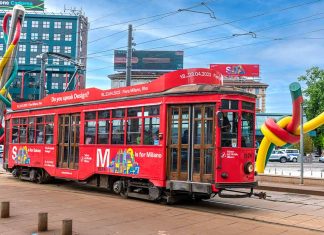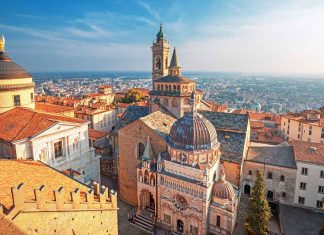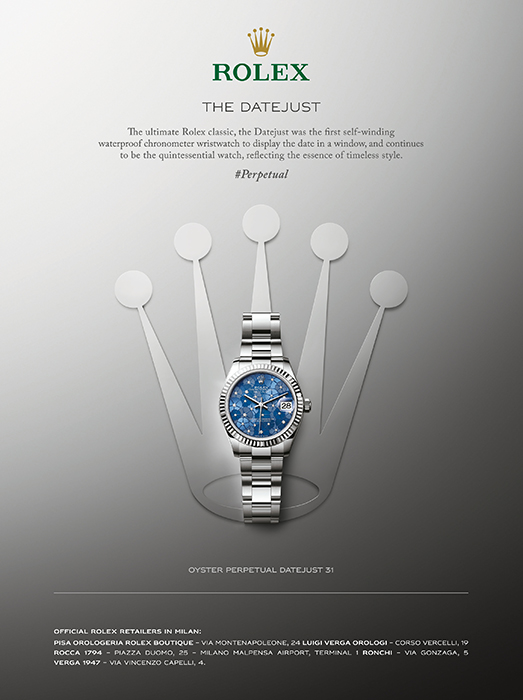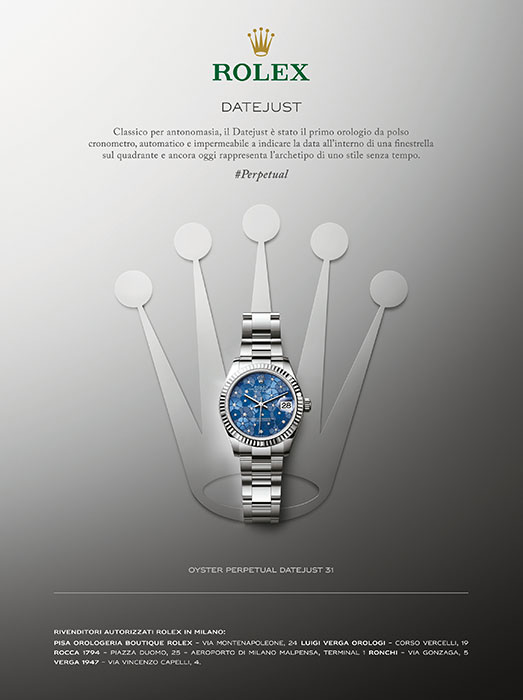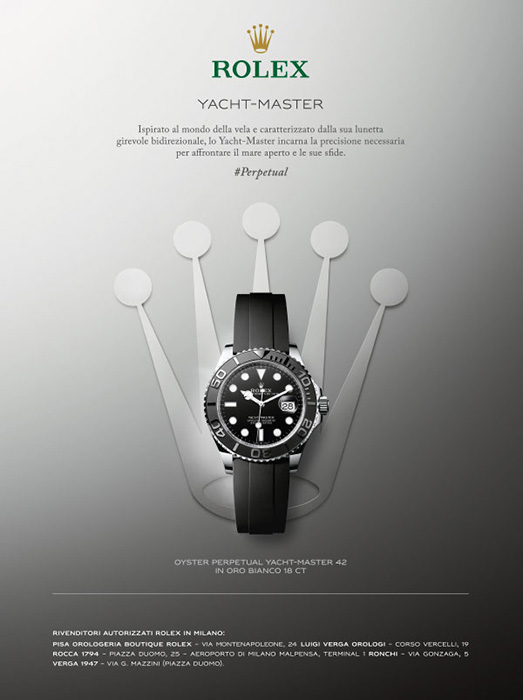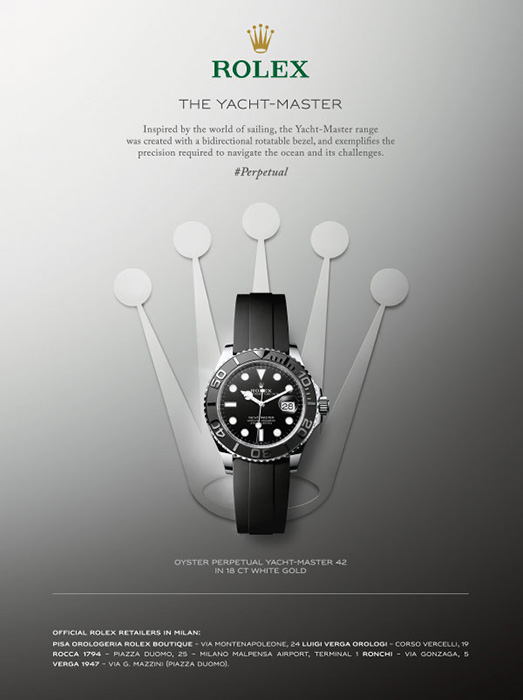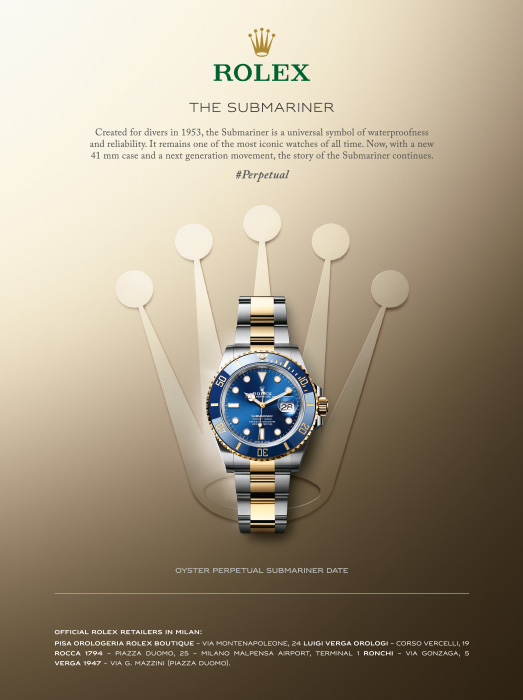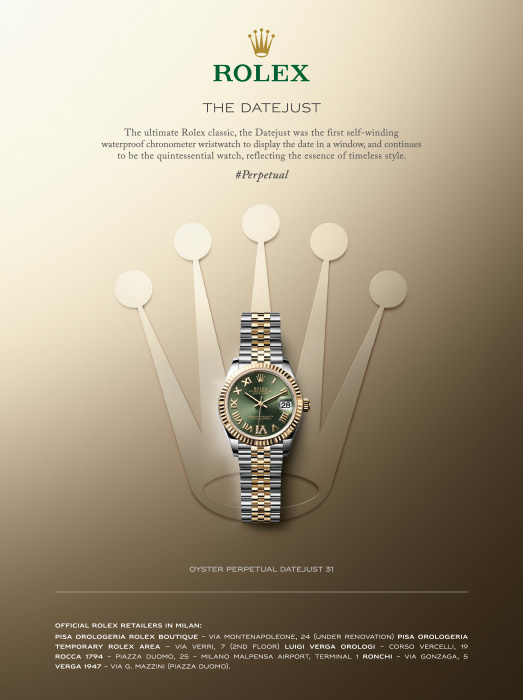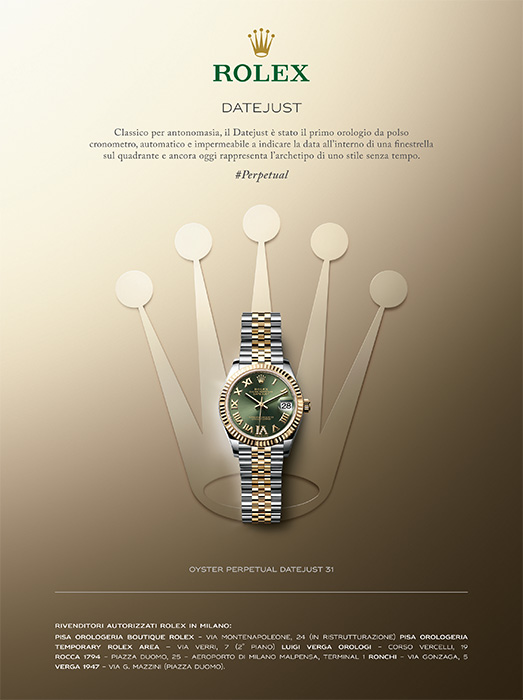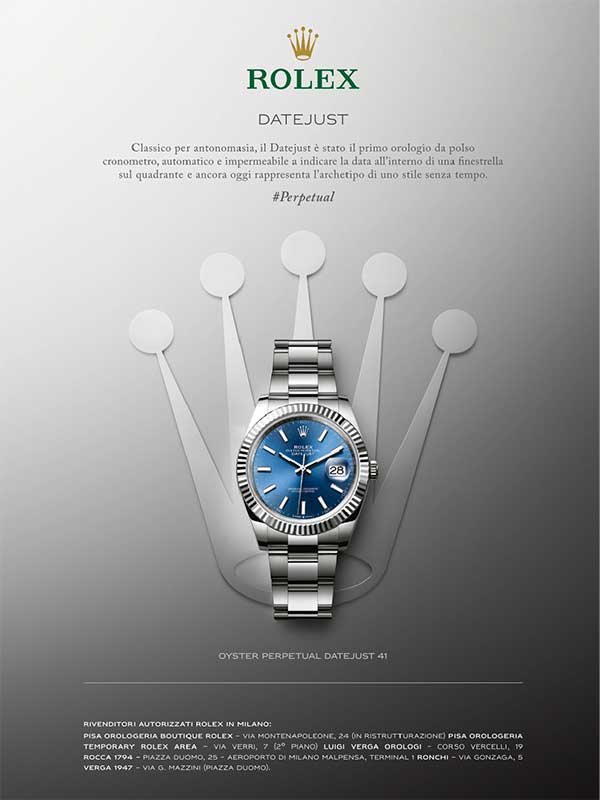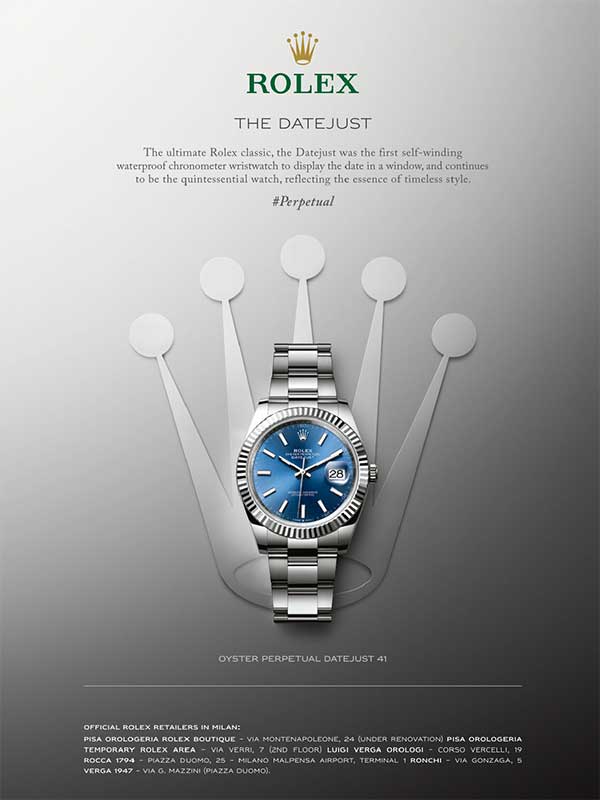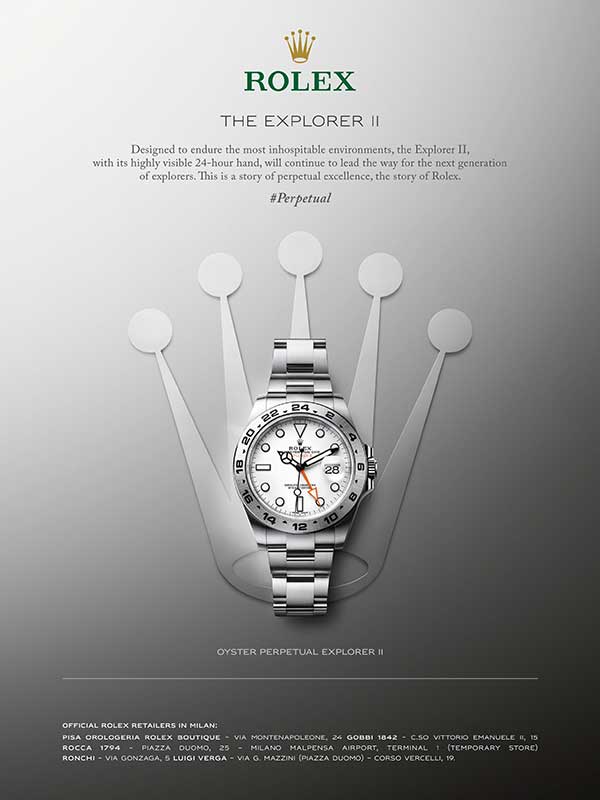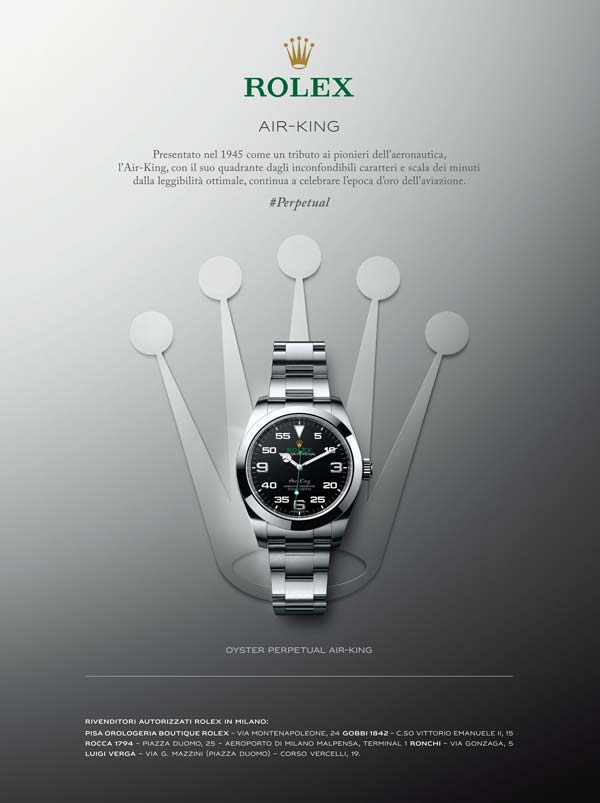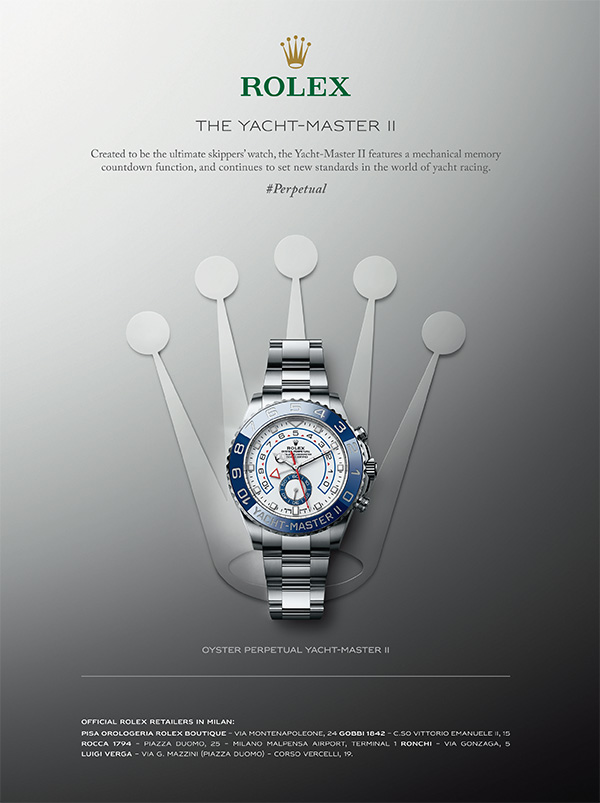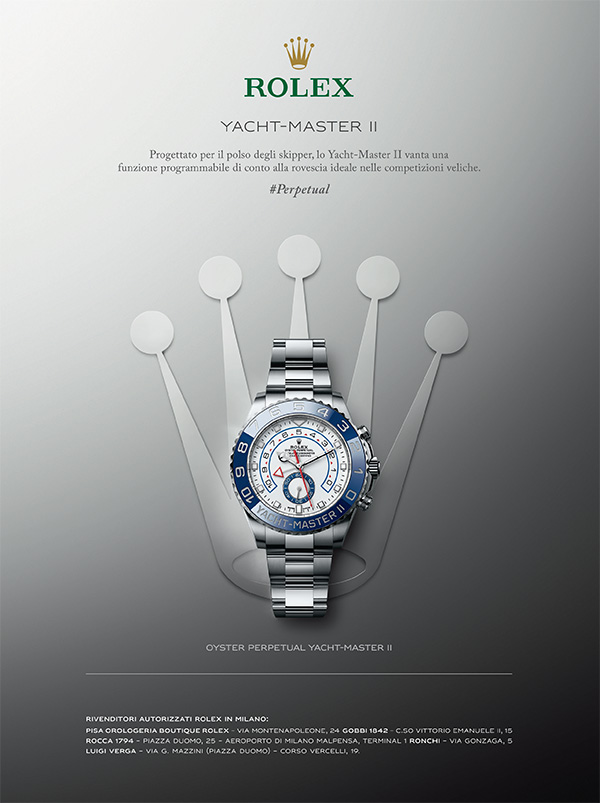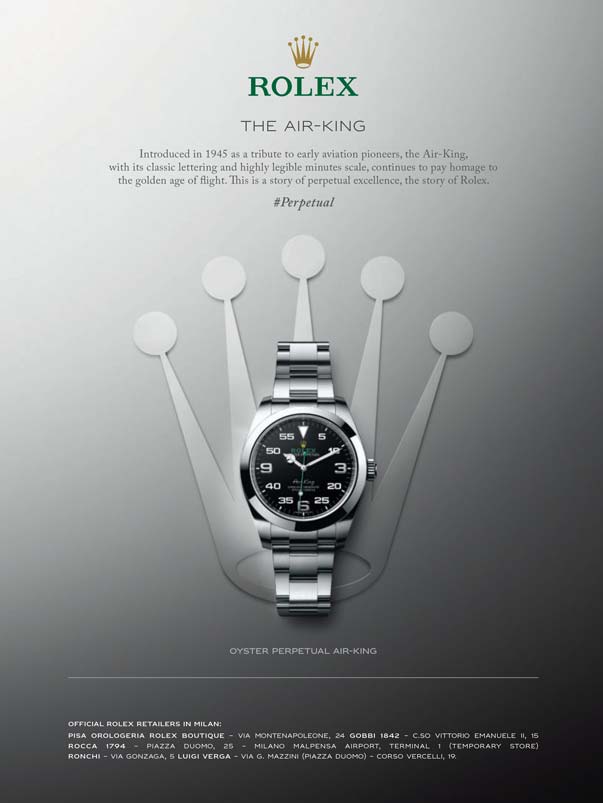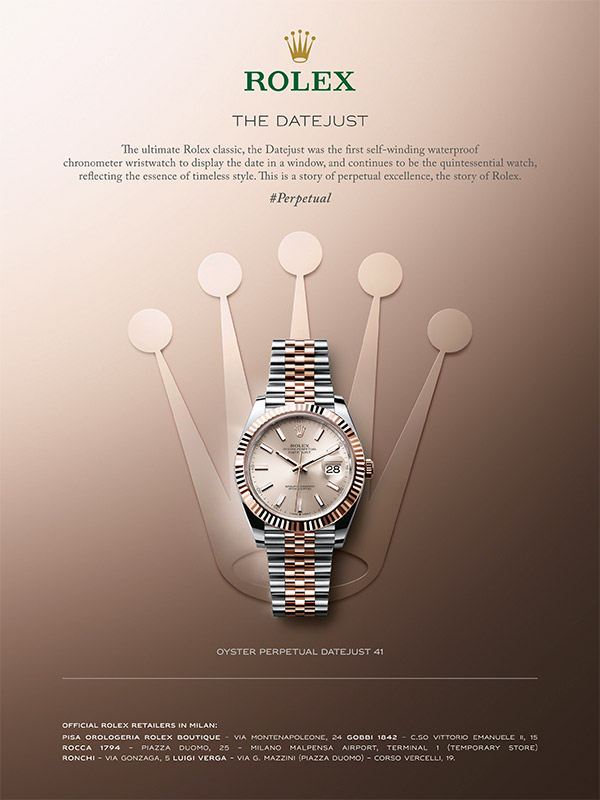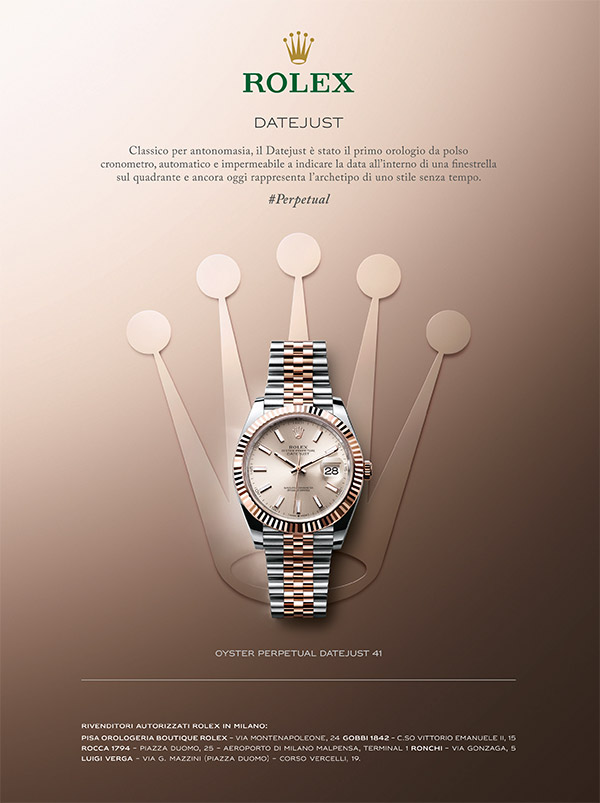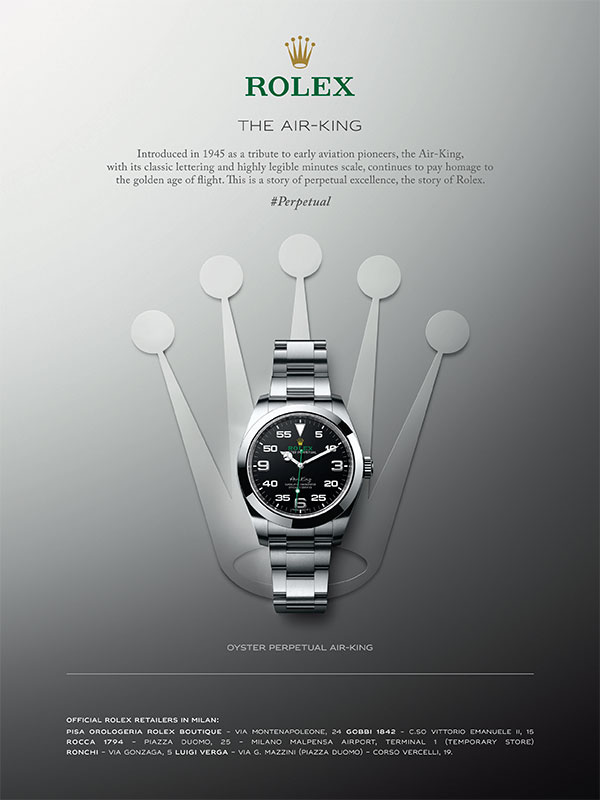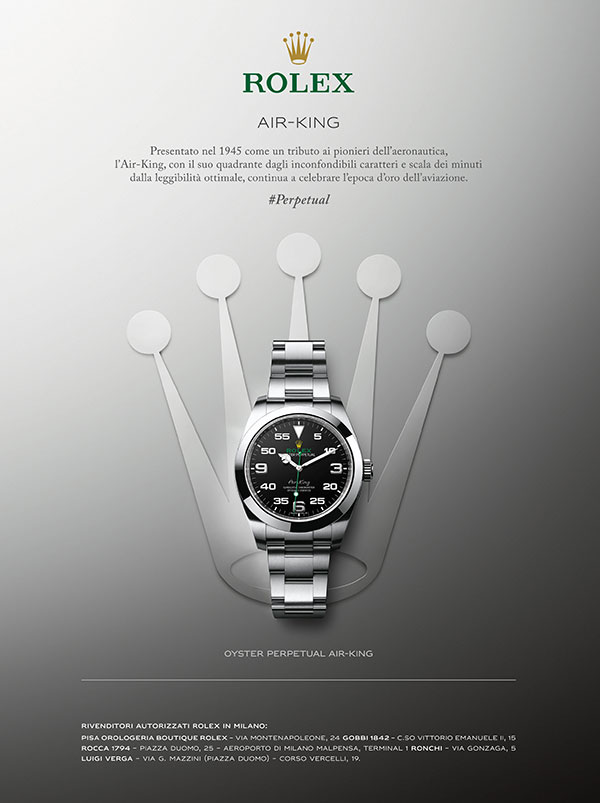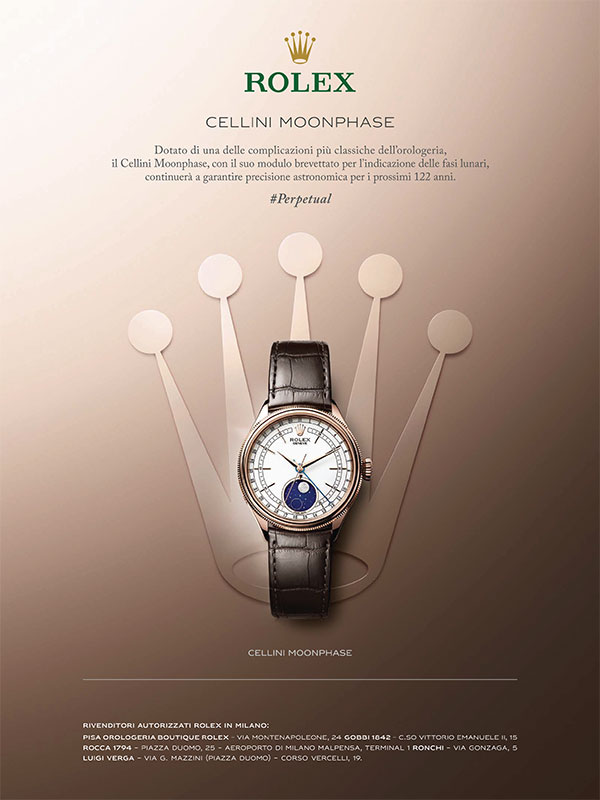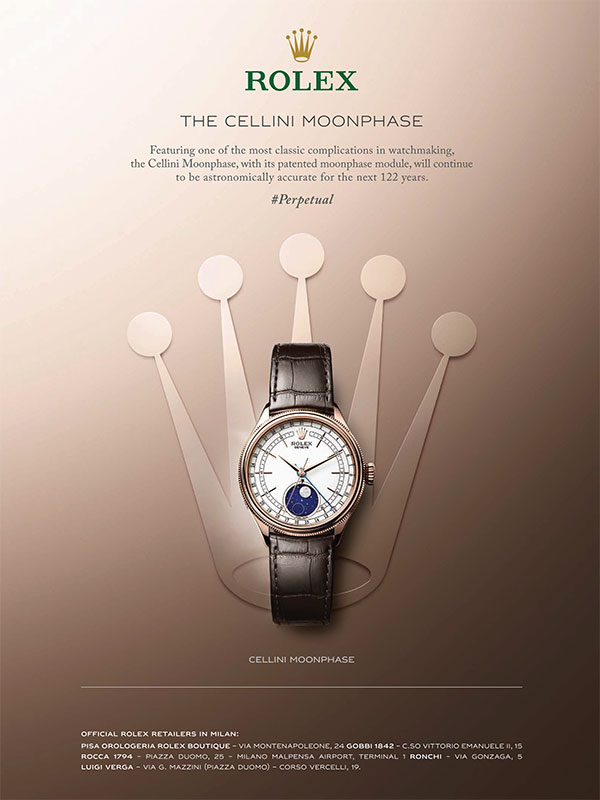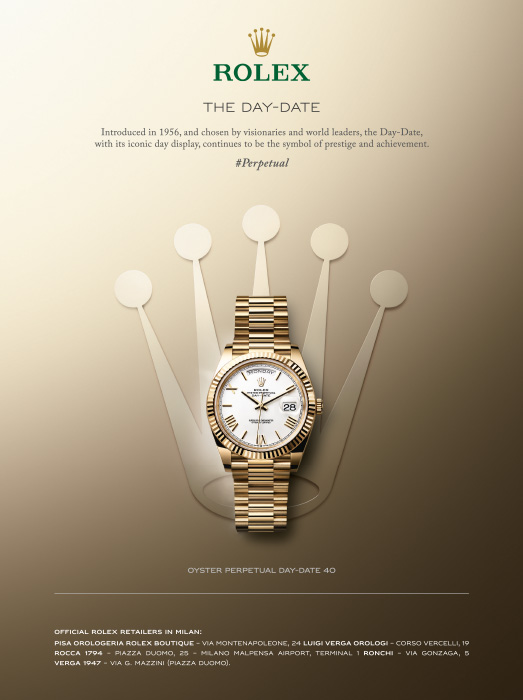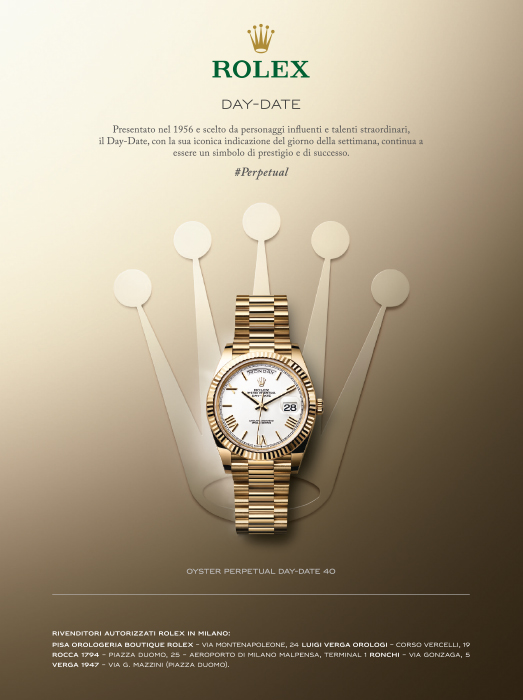www.milanocastello.it
M1 (red line)-M2 (green line) Cadorna FN, M2 (green line) Lanza, M1 (red line) Cairoli
One of the main symbols of Milan and its history, the Sforza Castle is a large fortified complex now home to important museums, archives and libraries. The castle is a true concentration of defensive engineering, on which important engineers and architects worked, including Leonardo da Vinci.
Located just outside the historic centre of the city and overlooking Parco Sempione, the Sforza Castle was built in the 15th century by Francesco Sforza, who had recently become Duke of Milan, on the ruins of an earlier medieval fortification from the 14th century known as the Castello di Porta Giovia. Considerably transformed and modified over the centuries, the Castello Sforzesco was, between the 16th and 17th centuries, one of the main military citadels in Europe.
The highest tower of the castle, with its immediately recognisable profile and which is the main entrance, is called the Filarete Tower, after the Tuscan architect who was called upon to design it by Duke Francesco I (1452). Destroyed by a fire in June 1521, it was rebuilt in the early 20th century on the instructions of the architect Luca Beltrami.
Today, visitors can explore a magnificent complex replete with art, history and culture. You can visit the museum which is organized into several different sections, or simply enjoy a stroll through the courtyards of the large gardens behind the castle. If you have time to spare, we suggest a walk along the battlements that run the length of the walls, offering a wealth of marvelous views.
The finest art collections belonging to the City of Milan are on display here in the Castle, where you can admire a splendid array of furnishings, musical instruments, tapestries, ceramics, ancient weapons, coins, and above all, paintings and sculptures, including the world-famous Pietà Rondanini by Michelangelo. One of the most delightful spaces in the museum is the Ducal Courtyard, home to the dukes of the Sforza family since 1466.
Especially impressive features of the Courtyard include the loggia, the Elephant Portico, the Ducal Chapel and, above all, the marvelous frescoes painted in the Sala delle Asse, the most thrilling of the historical settings in the Castle. Lastly, among the ancient manuscripts of the Trivulziana Library, you’ll have the chance to admire the Codex Trivulzianus, a priceless notebook featuring notes and drawings by Leonardo da Vinci.
Great masters of art have passed through here
Leonardo da Vinci, Michelangelo, Andrea Mantegna, Bramantino… these are the leading artists who have contributed to the fame of the Sforza Castle with their works. Leonardo for his decorations in the Sala delle Asse; Michelangelo for the Pietà Rondanini preserved in the museum set up in the old Spanish Hospital in the Courtyard of Arms; Mantegna’s precious painting “Madonna in Glory and Saints John the Baptist, Gregory the Great, Benedict and Jerome” in room XXIII of the Pinacoteca; finally, the cycle of tapestries depicting the twelve months by Bramantino is on display in the Sala della Balla (room 37 of the Museo degli Strumenti Musicali).


